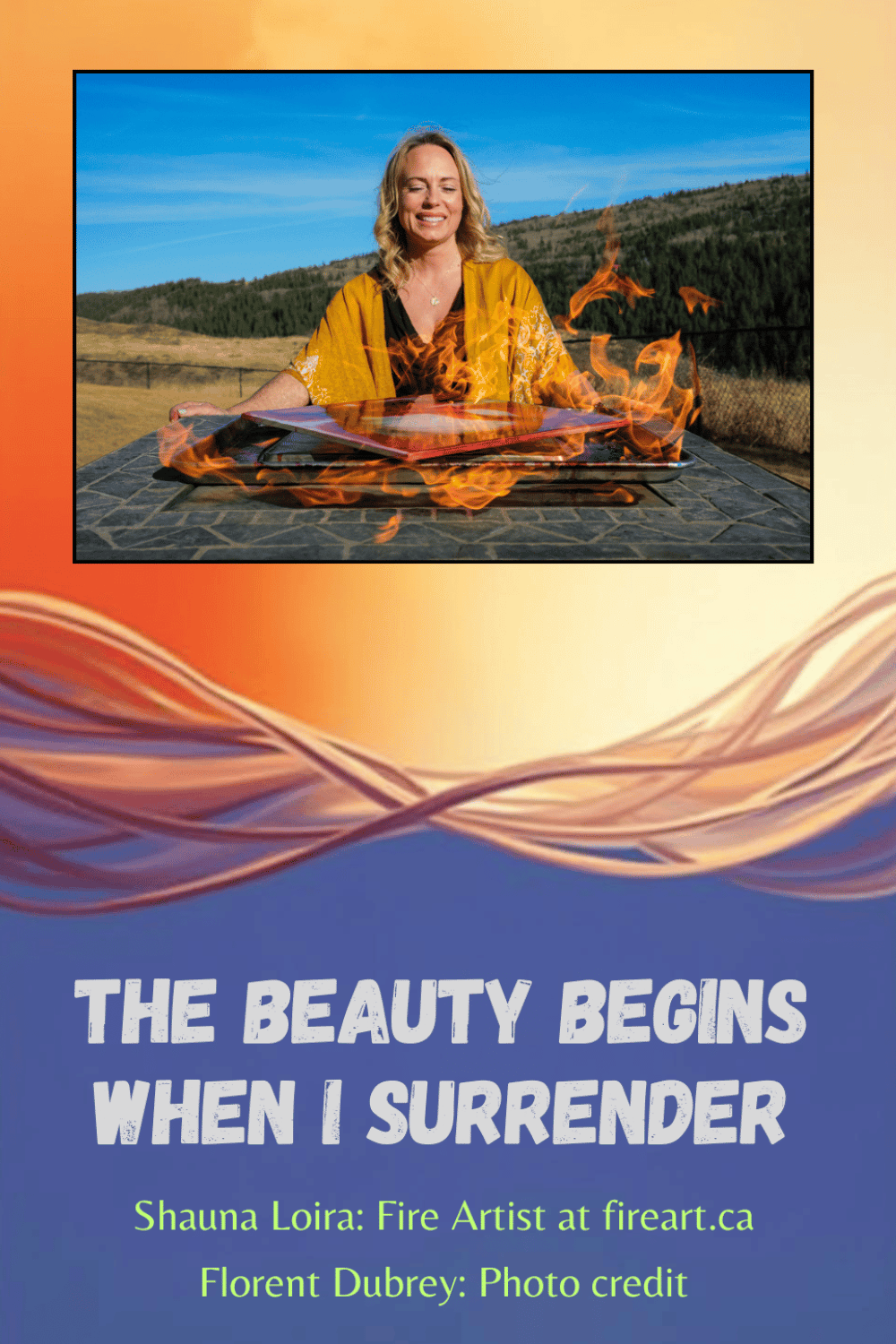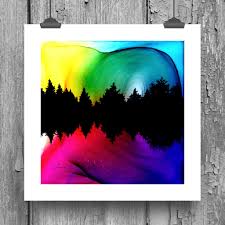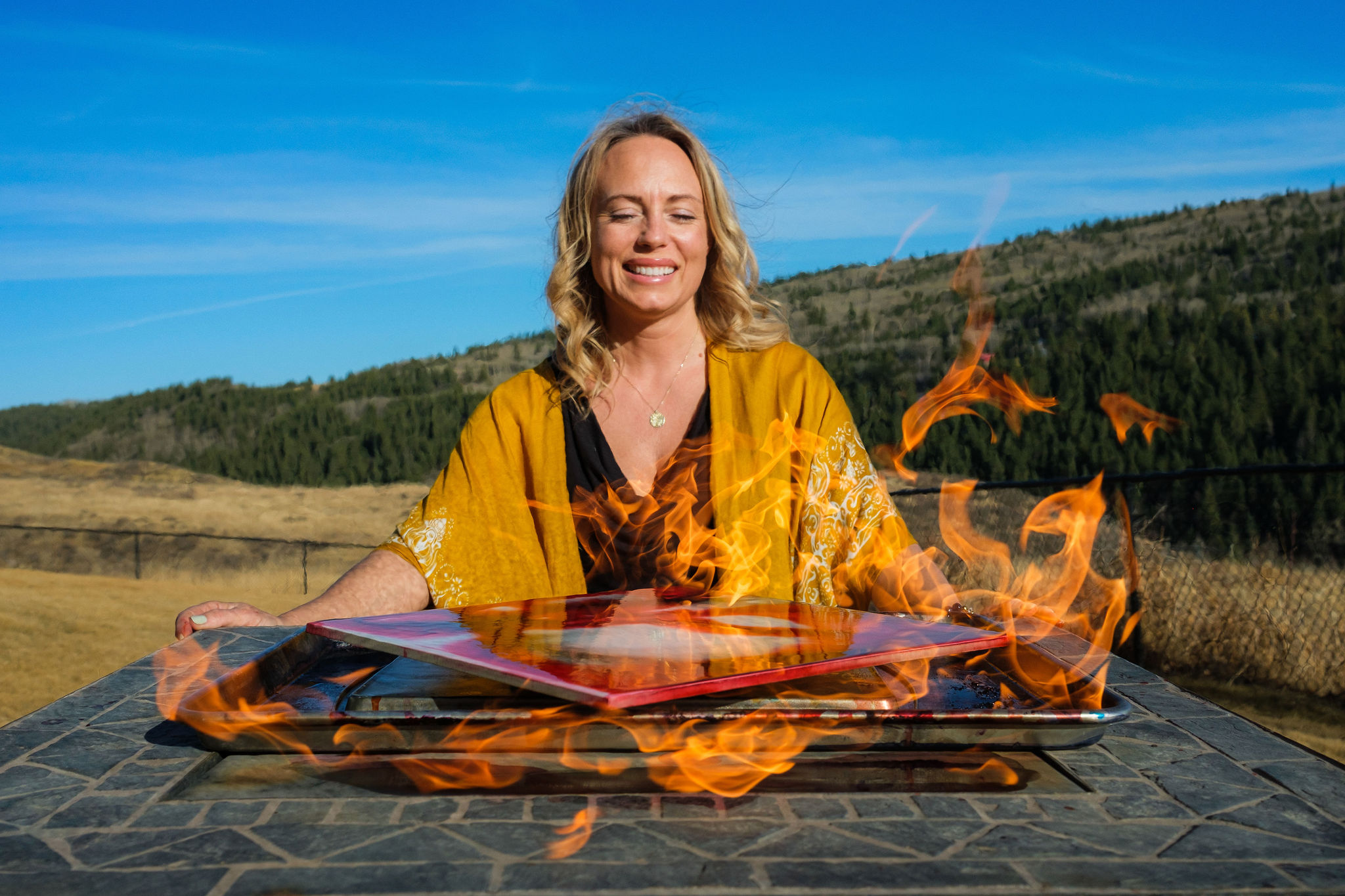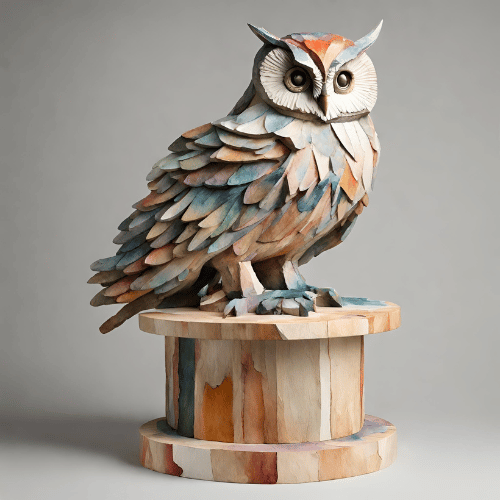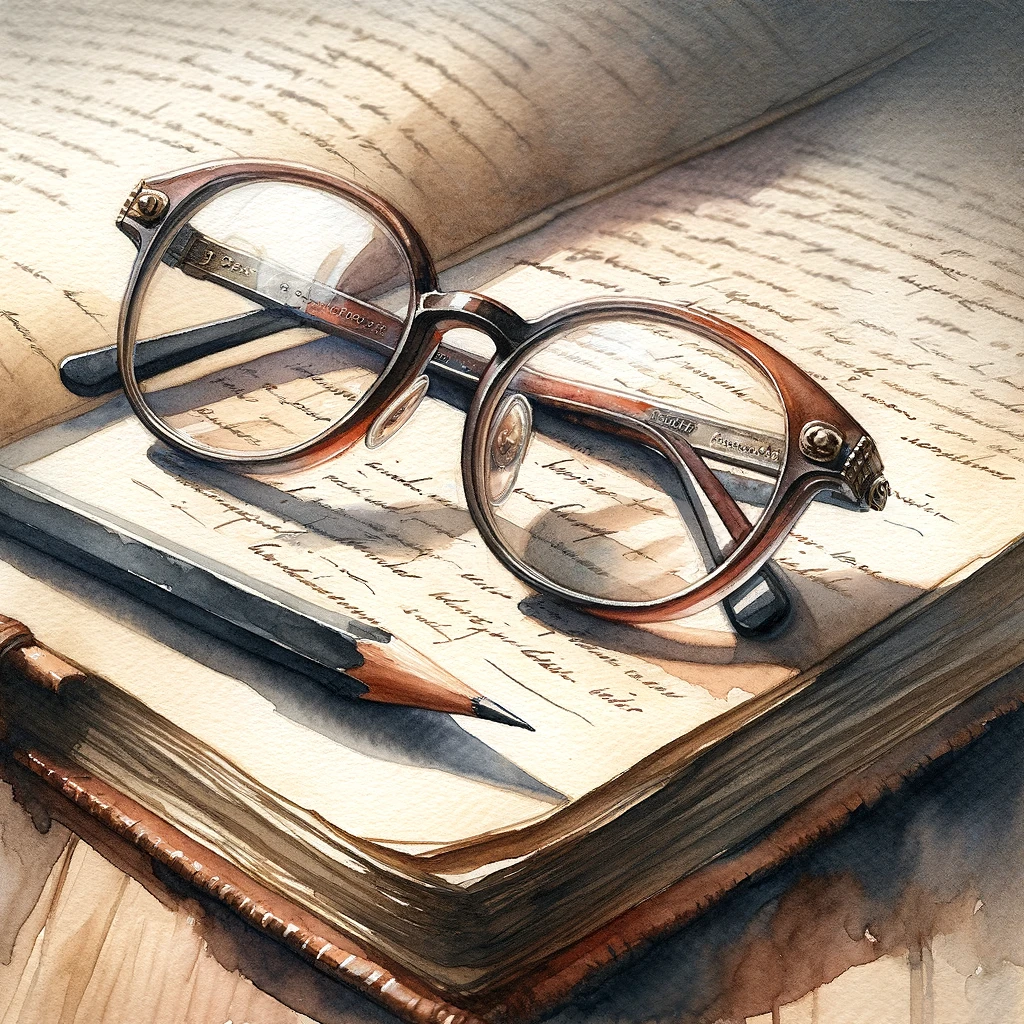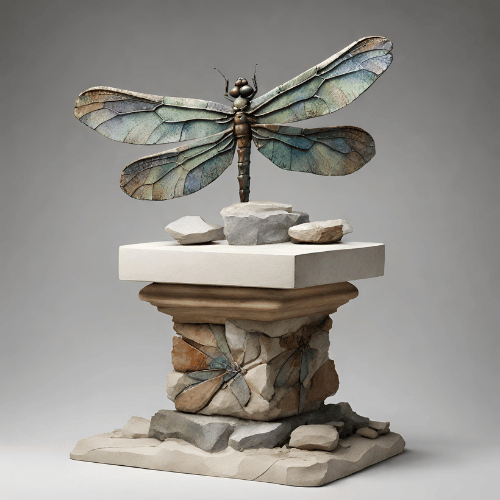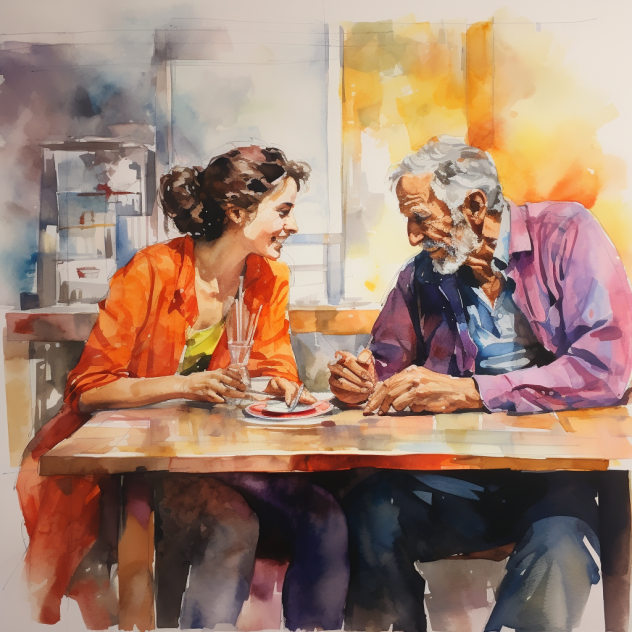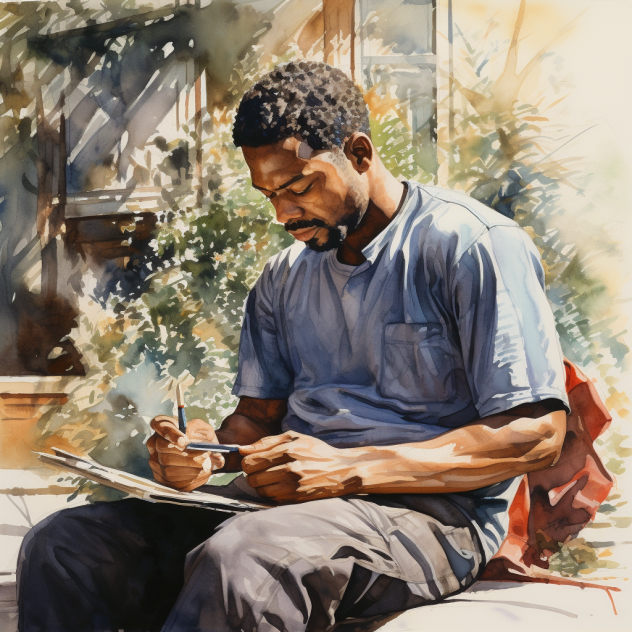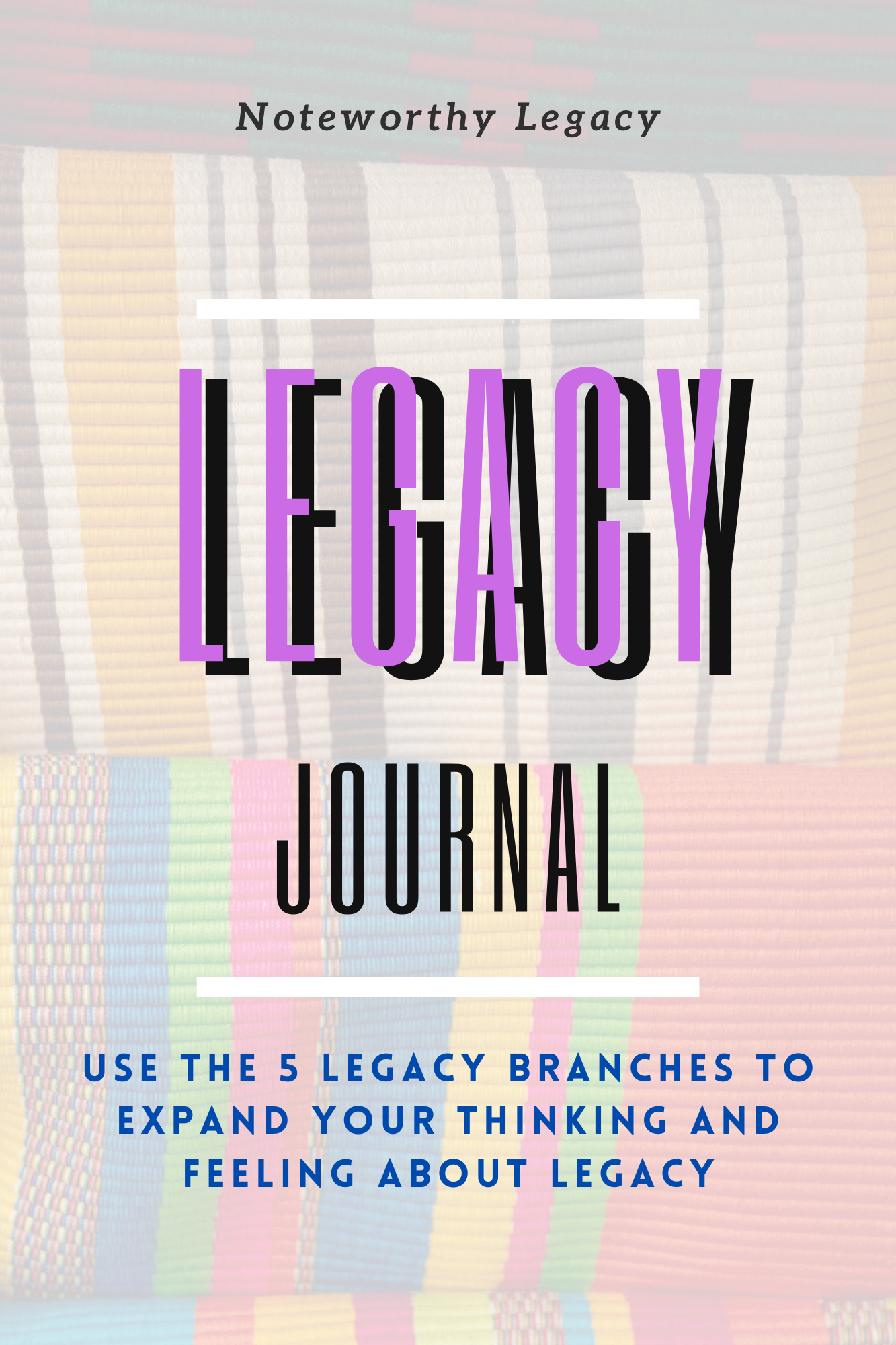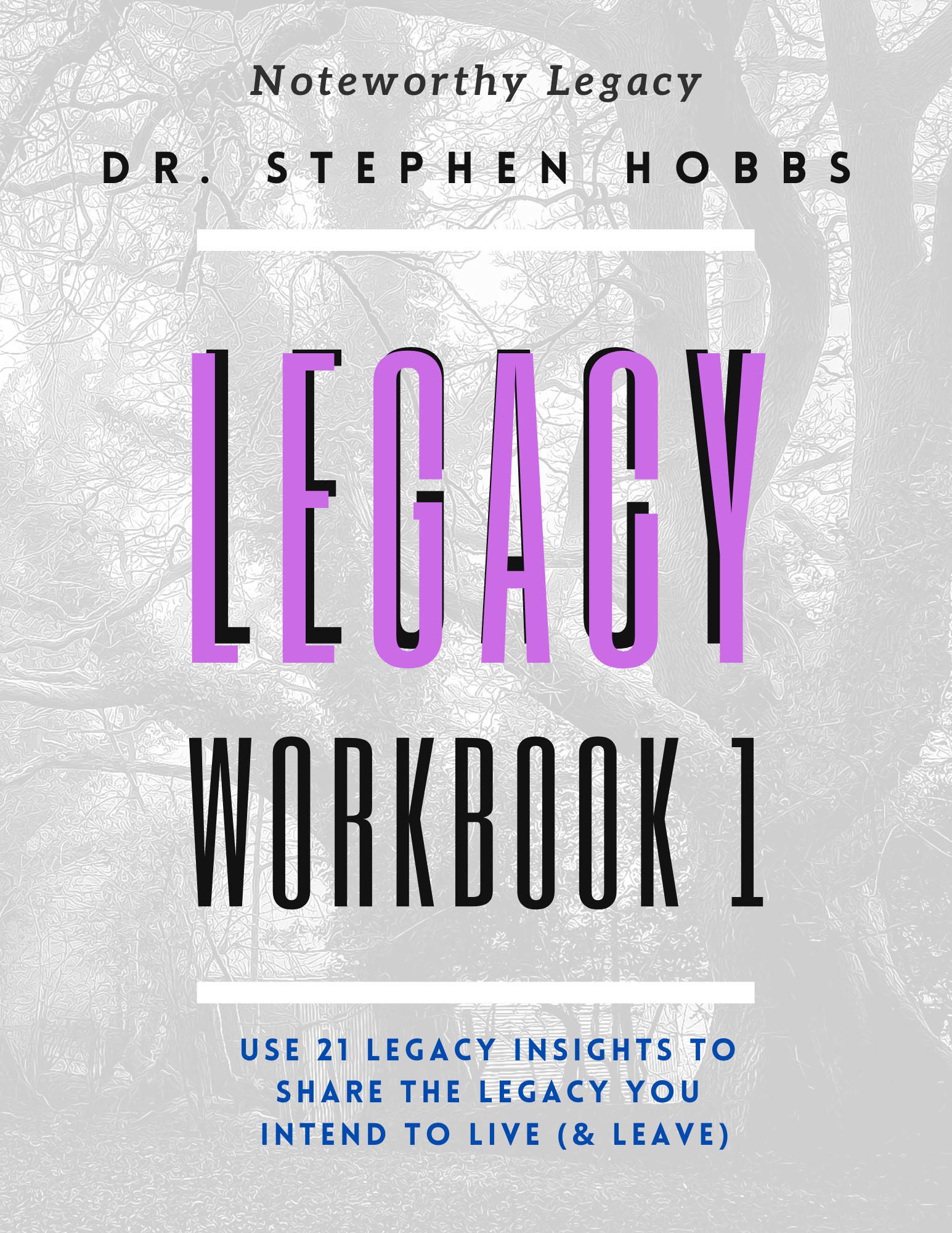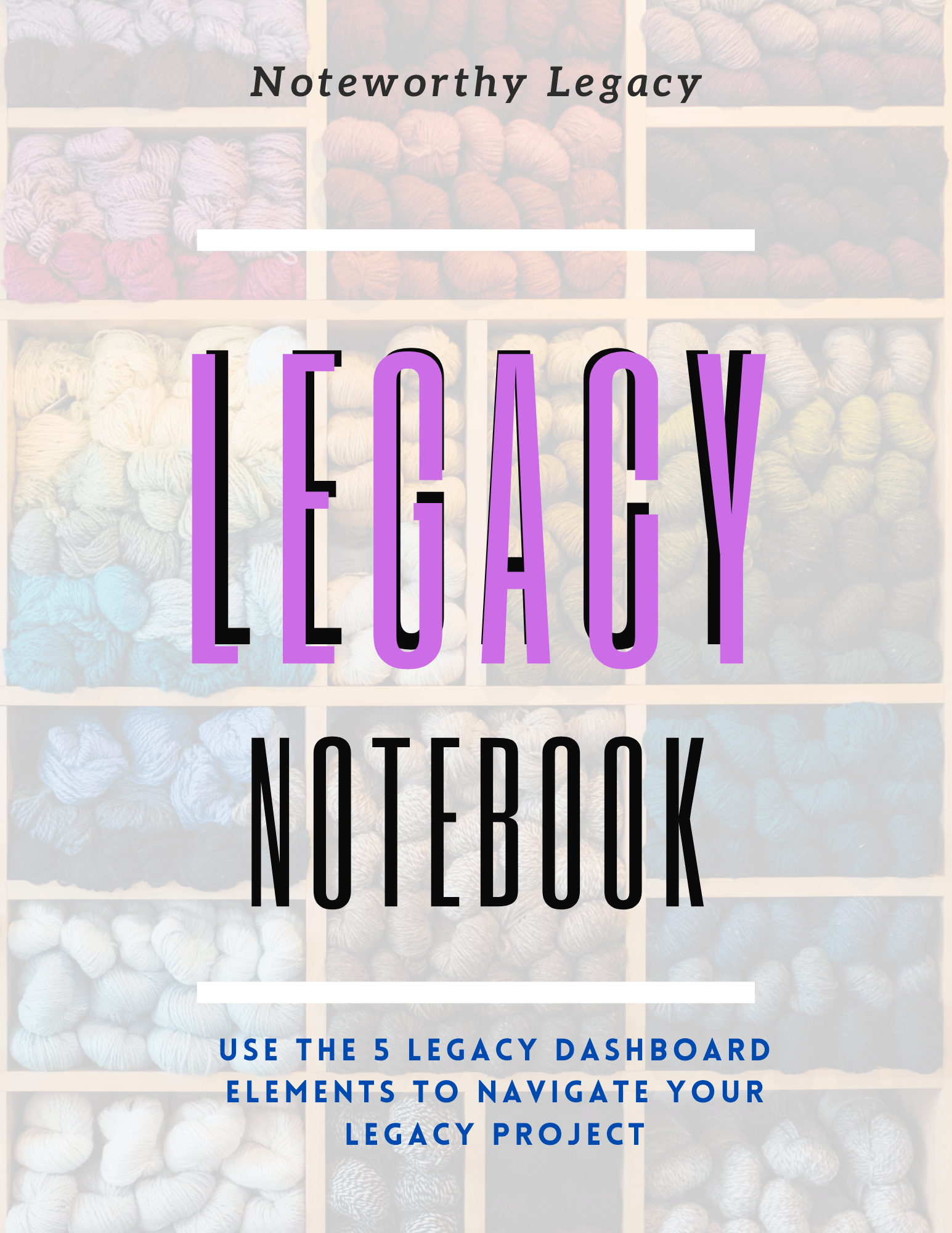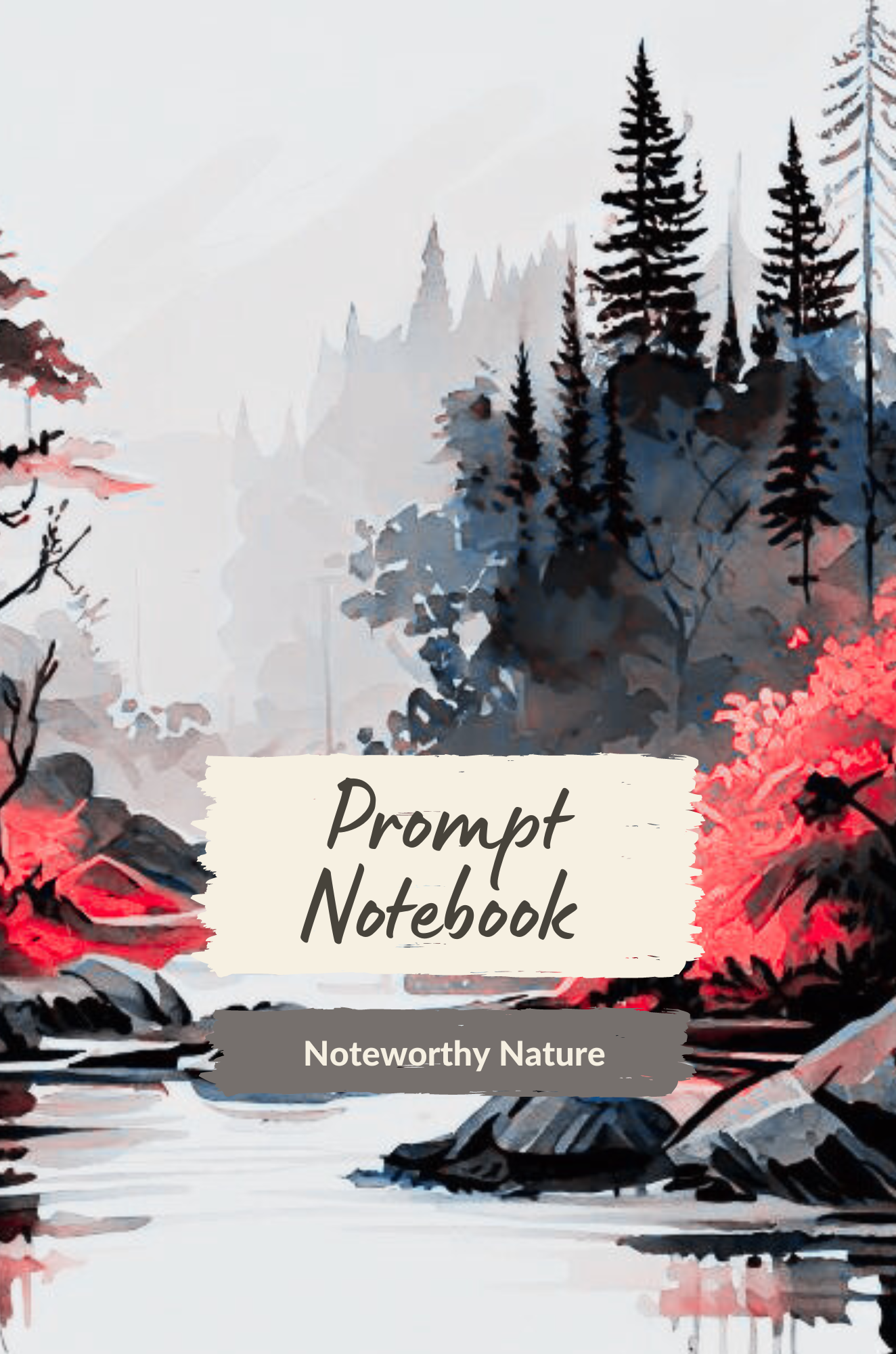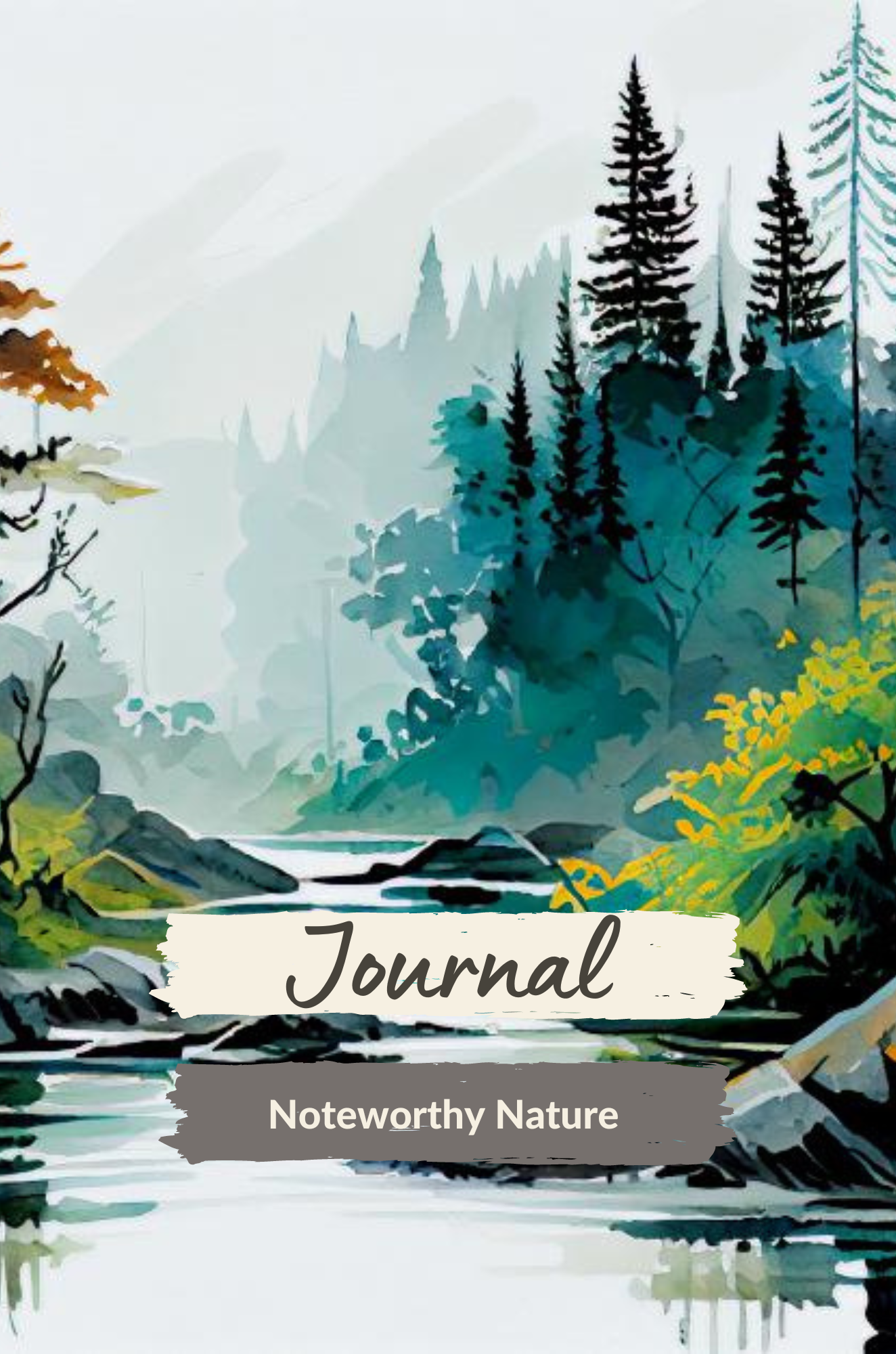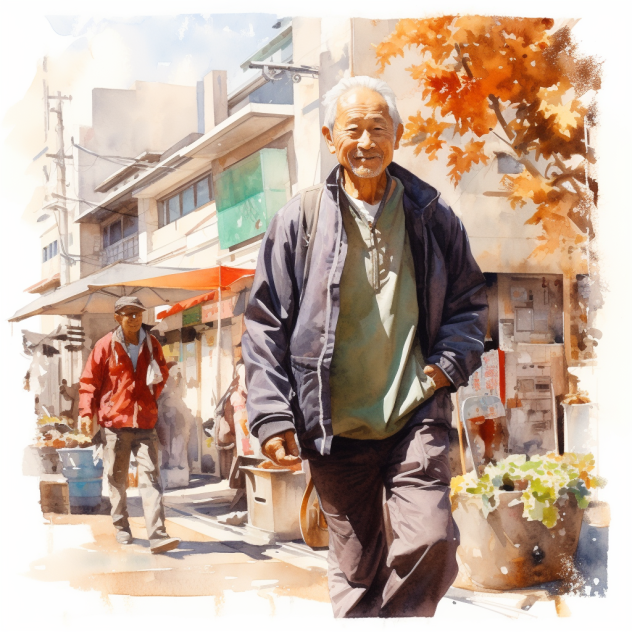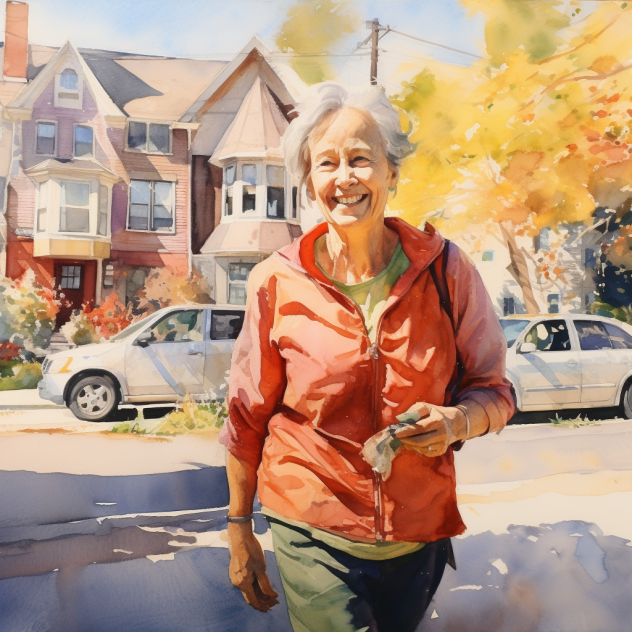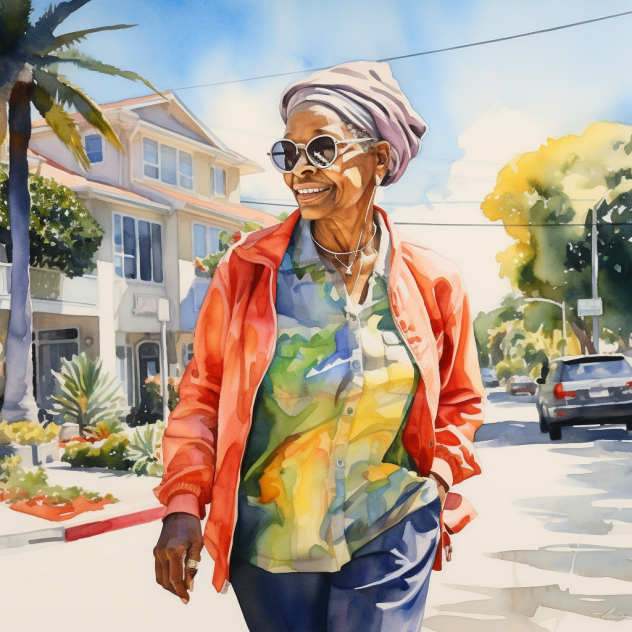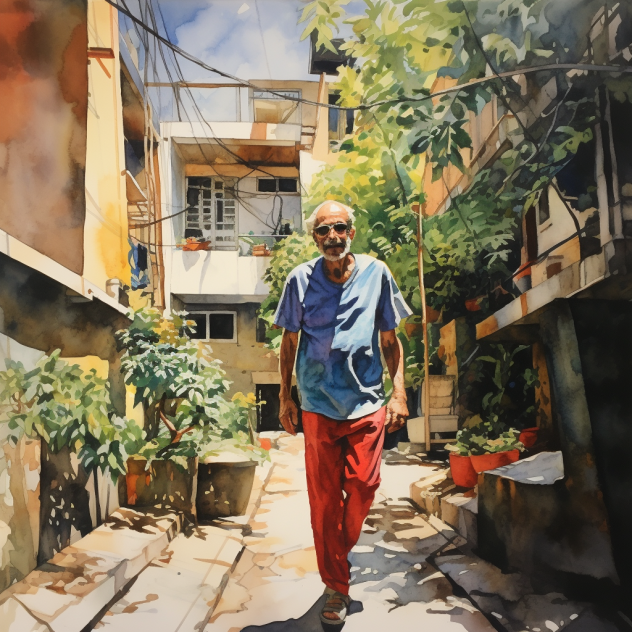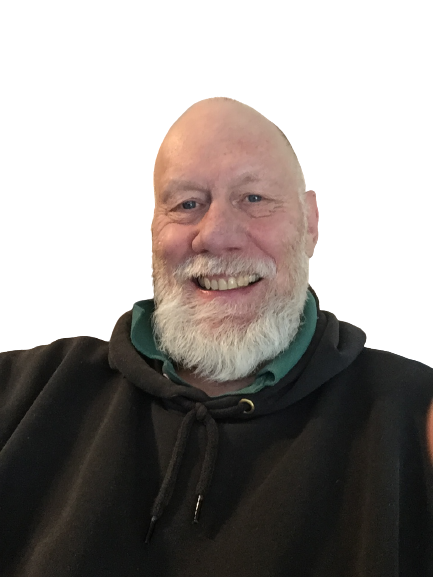Saturday Legacy Stories from Solace Grove #7A
Where Mountains Meet Community, and Every Story Matters
From Desk of Maria Krovac
As my contribution to the network:
I wanted to explore Creative Process!
I reached out to a neighbour Shauna Liora, a fire artist and asked her about the creative process, her creative process. Three thoughts below.
Then I searched with assistance of AI for creative process suggestions of which I settled on 13.
See the article below.
Enjoy Shauna’s art! Her website link is below:
When interviewing Shauna Liora of www.fireart.ca about the creative process, she said:
1. For me, the creation process isn’t about control; it’s about connection—listening deeply to what wants to emerge and being brave enough to follow it. The moment I light the fire, I let go of control. That’s where the beauty begins—when I surrender to what I can’t force, but can only flow with.
2. What I love most about creating is that it asks me to stay present. The piece is never finished until it teaches me something, and that learning is often the most beautiful part.
3. My best work happens when I stop trying to make something perfect and instead allow something honest to come through me. Creation begins in the unknown—it often starts as a mess, full of wild energy and no clear direction. But if you stay with it, play with it, trust it, something beautiful always begins to take shape.
From our conversation, I created these Pinterest Pins (for the fun of it)!
Creation Is Connection, Not Control
True creativity is about connection, not control. Shauna Liora of FireArt says, “The beauty begins when I surrender to what I can’t force, but can only flow with.” Let go. Light your creative fire. See what emerges when you bravely listen. #CreativeSurrender #ArtisticFlow #FireArt #CreativeProcess #AuthenticArt #LetGoCreate
Stay Present, Learn, Transform
Shauna Liora shares: “The piece is never finished until it teaches me something.” Creation invites you to stay fully present — to discover, learn, and transform. Let your art or writing become a living conversation between you and the unknown. #StayPresent #CreativeJourney #ArtTeaches #LivingArt #FireArtStudio #TransformThroughArt
Embrace the Mess, Trust the Process
“The best work happens when I stop chasing perfection and allow honesty,” says Shauna Liora. Creation starts in wild, messy unknowns — but trust the process, and something beautiful always takes shape. Step into the adventure of making! 🌊💫#TrustTheProcess #EmbraceTheMess #WildCreativity #HonestArt #CreativeAdventure #FireArtFlow
Shauna Liora: Fire Artist & Adventure Guide
Shauna Liora is a unique fire artist based in Cochrane, Alberta, who creates stunning artwork by using fire to transform ink on ceramic tiles into vibrant, aurora-like backgrounds that capture the essence of the Canadian wilderness.
Her innovative technique, which she spent three years developing after being introduced to fire and ink methods by a First Nations artist in Inuvik, allows the fire to capture the movement of ink, creating one-of-a-kind pieces that reflect her deep connection to nature and adventure.
With over 20 years of experience as a hiking and backpacking guide in the Rocky Mountains through the Association of Canadian Mountain Guides, plus 13 years with Search and Rescue and Canada Task Force 2.
Shauna brings her adventurer's spirit directly into her art. Her artistic process involves repeatedly working each piece using different fire techniques until the flame's alchemy transforms the ink in ways that surprise or move her, after which she hand-paints or draws her interpretations of nature and adventure.
Inspired by a grandfather who gifted her with a passion for exploration, Shauna has undertaken epic adventures including an 1,100km, 25-day canoe expedition in Northern Canada. Each vivid piece she creates is designed to spark joy and capture the immense happiness she feels when exploring the Canadian wilderness.
Operating as a full-time artist since 2019, she offers both original works and wholesale collections to retailers across Canada and the US.
From the Desk of Maria Krovac using AI Support:
13 Modern Approaches to Enhance Creativity for Educators Over 60
Below is a comprehensive list of 13 updated approaches – blending time-tested practices with new tools and insights – to help educators (and lifelong learners over 60) sharpen their creative skills. Each technique is practical, research-backed, and geared toward reflective storytelling, legacy-building, and ongoing personal expression.
[As curated by Claude with prompts and then edited for GUM]
[At time of posting the links were live - use at your discretion]
[Editing for content and flow will occur with the final production]
1. Journaling with Digital Reflection
What it is: Maintain a regular journaling habit (on paper or with a digital app) to capture ideas, reflections, and stories. Journaling encourages the practice of recording insights and self-reflection, which are key skills for creatives linkedin.com.
Modern twist: Explore digital journaling tools (like diary apps or even voice journals) that make it easy to log thoughts on-the-go. For example, a simple daily habit of writing for 15 minutes can boost clarity and focus peterbeckercommunity.com. Newer formats such as blogging, electronic “morning pages,” or guided journaling apps can enrich this practice while preserving the core benefit – giving you a private space to “declutter” your mind and silence the inner critic, leading to fresh ideas thewildwordsmith.co.uk. Journaling, whether in a notebook or a tablet, helps externalize thoughts and emotions, making room for creative insight and personal growth.
2. Mind Mapping and Idea Visualization
What it is: Brainstorm ideas through mind mapping – a visual technique of diagramming thoughts – now supercharged with digital tools. Mind mapping (pioneered in the 1970s) remains a powerful way to generate and connect ideas, and today’s software makes it more dynamic. By creating visual maps of concepts, you engage associative thinking and uncover novel connections.
Modern twist: Use digital mind-mapping tools (like MindMeister, Mindomo, or Miro) to easily build and share idea maps. Research shows that digital mind mapping can significantly improve creative thinking skills in learners bmcpsychology.biomedcentral.com. These tools often allow links, images, or even AI-generated prompts to be added, stimulating new angles on old problems. For an educator, this means you can visually chart out lesson plans, personal memoir themes, or project plans in a nonlinear way – seeing the “big picture” of your ideas. Collaborative mind maps can also be shared with peers or family, inviting feedback and further creativity.
3. Collaborative Brainstorming with Online Whiteboards
What it is: Engage in group brainstorming using modern collaboration platforms. Traditional brainstorming is about generating ideas without judgment; today, we can do this remotely and interactively. Connecting with others (former colleagues, students, or community members) to swap ideas can enrich your creative output through diverse perspectives.
Modern twist: Leverage virtual whiteboards and cloud documents (e.g. Zoom whiteboard, Google Jamboard, MURAL) to brainstorm together from anywhere. Studies have found that shifting from solitary work to remote collaboration can improve group creativity and ideation sloanreview.mit.edu – especially when using visual idea boards.
For instance, one report noted that 93% of people who used a virtual whiteboard felt it helped teams communicate and develop ideas effectively lucidspark.com. Try hosting a “brainstorming call” with fellow educators or family: pose a question (like planning a community project or writing a memoir chapter), and let everyone jot down thoughts on a shared digital canvas. This generates a wealth of ideas, and it keeps you socially engaged. Modern brainstorming tools also allow anonymous idea entries, voting on favourites, or AI suggestions – all ways to spark creativity while staying connected.
4. Design Thinking for Problem-Solving
What it is: Apply design thinking – a human-centered, iterative approach to solving problems – to educational or personal challenges. Design thinking, widely adopted since the 2000s, involves steps like empathize – define – ideate – prototype – test. It’s essentially a structured creative process that can be used beyond tech or design fields, including in teaching methods or community issues.
Modern twist: Use design thinking methods to rethink how you approach projects or legacy work. For example, when creating a family history project, start by empathizing (what stories would future generations value?), ideate multiple ways to tell those stories (a book, a video series, an interactive website), then prototype by drafting one story in a new format.
Educators are finding that design thinking fosters creativity, critical thinking, and collaboration entrepreneurship.asu.edu. There are many free toolkits and workshops (online courses, IDEO’s Design Thinking for Educators guide, etc.) available post-2000 that break down this process. By framing challenges as design opportunities, you maintain a solutions-focus and creative confidence.
In practice, this might mean redesigning a community program with input from participants (empathy), or rapidly testing a new mentoring approach and iterating on feedback – all with a spirit of curiosity and innovation files.eric.ed.gov. Design thinking reminds us that at any age, we can approach problems with fresh eyes and a creative mindset.
5. Mindfulness and Meditation for Creativity
What it is: Practice mindfulness or meditation to improve focus, reduce stress, and unlock creative thought. Foundational ideas about the “relaxed mind” aiding creativity have been around for decades, but modern research (2000–2024) provides concrete evidence. Mindfulness meditation trains your attention and awareness, which can lead to more original ideas and insights.
Modern twist: Incorporate short meditation sessions (even 10 minutes of breathing or mindful walking) into your routine specifically to enhance creative capacity. Studies show that open-monitoring meditation – where you calmly observe thoughts without judgment – boosts divergent thinking, a key driver of creativity mindful.org.
In other words, the more you practice mindful openness, the more easily your mind can generate novel ideas. Many educators over 60 find that using meditation apps or guided tapes designed for seniors helps them build consistency. Meditation also taps into “neurocreative” benefits: it has been linked with improved cognitive flexibility (the ability to switch perspectives or approaches) poetsandquants.com, which is invaluable for creative problem-solving.
By starting a mindfulness practice (such as morning breathing exercises or evening gratitude meditations), you create mental “space” for inspiration to strike – whether it’s a new approach to a lesson or a fresh angle in your memoir writing.
6. Neuroscience of Creativity and Brain Training (“Neurocreative” Practices)
What it is: Embrace activities that leverage brain plasticity – the brain’s ability to form new connections – to keep your mind flexible and inventive. Modern neuroscience has overturned the myth that older adults can’t grow new brain pathways. In fact, engaging in challenging, novel tasks can enhance your “cognitive reserve” (the brain’s resilience) and creative potential.
Modern twist: Treat creativity like a muscle that benefits from cross-training. Try puzzles, learn a musical instrument, or tackle a new language – any stimulating activity that forces your brain to adapt. Research in aging suggests that engaging in creative tasks literally helps build new neural pathways, enhancing cognitive reserve peterbeckercommunity.com.
For instance, painting for the first time at 70, or learning to use a new software for digital art, might feel difficult initially, but it spurs brain growth that can sharpen creative thinking in all areas. Some educators join “brain gyms” or use brain-training apps that include creative challenges (story-prompt games, etc.).
Others practice “neurobics” – exercises like brushing your teeth with the non-dominant hand or walking a new route, which jolt the brain out of routine. The goal is to continually expose yourself to novelty: new art forms, new technology, new experiences.
This novelty keeps the brain’s creative circuitry active. Neuroscience-backed advice also includes regular physical exercise, which raises BDNF (a brain growth factor) and is correlated with better creative ideation health.harvard.edunature.com. In short, by viewing creativity through a scientific lens, you can intentionally engage in habits that rejuvenate your brain and sustain your imaginative capacities at any age.
7. Digital Storytelling and Multimedia Expression
What it is: Tell your stories and share knowledge using digital media – from video and audio recordings to slideshow memoirs. Classic storytelling is a foundational creative practice, and now technology allows you to amplify it. Digital storytelling involves creating short personal narratives in a multimedia format (images, voice, text, music), which is a trend that grew in the 2000s for education and community sharing.
Modern twist: Transform lessons learned over a lifetime into engaging digital stories. For example, you could create a narrated slideshow of your career journey or a mini documentary interviewing fellow retirees on a topic. This not only preserves your legacy but also stimulates your creativity in scriptwriting, editing, and design.
Studies show that digital storytelling supports older adults’ memory and identity and boosts self-confidence pubmed.ncbi.nlm.nih.gov. Many community programs now teach seniors how to produce simple digital stories or podcasts, reflecting the recognition that sharing one’s voice publicly can be empowering. You might use easy tools like Microsoft PowerPoint (exported as video with voice-over), or dedicated apps (e.g. StoryCenter’s methods) to craft a 3-5 minute story.
By blending traditional journaling or reminiscing with photos, sound, and video, you engage multiple senses creatively. The process of selecting images, writing narration, and learning the tech is itself a creative exercise in problem-solving. In the end, you have a shareable piece of personal art – something to leave for family, or to educate your community. Digital storytelling exemplifies how modern tools can give classic storytelling new life, making it easier to express yourself creatively and connect with others across generations.
8. Collaborative Creativity and Community Engagement
What it is: Join groups or communities where creative activities are done together, as this social component can magnify inspiration and motivation. From intergenerational art workshops to seniors’ writing clubs, being part of a creative community provides support and fresh ideas. The notion that “creativity is contagious” is supported by research in positive aging and education.
Modern twist: Leverage both local and online communities to fuel your creative projects. For instance, you might participate in a virtual book club that writes poetry, or a local theater group that devises plays from personal stories. Engaging with others in these ways has dual benefits: it improves emotional well-being and stimulates your creative thinking. When seniors engage in group creative activities, they enjoy increased social connection and mental stimulation, which reduces isolation and encourages engagement peterbeckercommunity.com.
In practice, this could mean attending a weekly art class at a community center (collaborating on a mural, for example) or joining an online forum to swap photography tips. Collaborative platforms abound – you can co-create a song via Zoom or contribute to a collective quilt project via mail. Modern creativity research emphasizes “co-creativity,” where diverse perspectives lead to more novel solutions than solo efforts.
For an educator, starting a mentorship where you and a younger teacher design a lesson plan together could spark new methods neither of you would have conceived alone. The key is to remain connected: creativity thrives in community, and in today’s connected era, even home-bound individuals can find their tribe of fellow creatives through social media groups, online workshops, and community maker spaces.
9. Lifelong Learning and MOOCs for Creativity
What it is: Commit to lifelong learning – continuously acquiring new knowledge or skills – especially in creative domains. This could involve enrolling in courses, workshops, or self-study in topics like creative writing, digital design, psychology of creativity, or any field that excites you. Lifelong learning keeps the mind engaged and is strongly linked to maintaining cognitive health in older adulthood asaging.org.
Modern twist: Take advantage of online learning platforms and Massive Open Online Courses (MOOCs) to learn things you always wished to explore. Whether it’s a Coursera class on music composition, an Udemy course on creative coding, or a local college’s art history program for seniors, learning something new stretches your creative muscles.
Research confirms that picking up brand-new skills even later in life can have profound benefits. For example, one study found that adults 60+ who learned complex skills (like digital photography or quilting) over a few months saw significant improvements in memory and cognitive function compared to those who did only easy activities health.harvard.edu.
This “learning-induced boost” suggests that the challenge of mastering new creative skills enhances brain plasticity (and as a bonus, often gives you material to be creative with!). Many universities and community centers offer free or discounted courses for seniors – from painting classes to creative entrepreneurship seminars. Online, you can join virtual classrooms on everything from storytelling to app development with peers worldwide.
By approaching each new subject with a beginner’s mind, you keep alive the curiosity that underpins creativity. Plus, learning in structured formats often introduces you to new collaborators and communities (tying back to the previous point about social creativity). In summary: stay curious, keep learning, and your creative spark will never stop growing.
10. Playfulness and Gamified Creativity (Improv and Games)
What it is: Reintroduce play into the creative process. Playfulness – the kind we had as children – is a serious catalyst for creative thinking. Techniques could include improvisational theater games, creative puzzles, or gamified challenges that make you approach problems with a fun, experimental attitude. Classic brainstorming in the 20th century often used word games or lateral-thinking puzzles; today we have improv groups and creativity games designed for adults.
Modern twist: Try joining an improv theater workshop or playing creativity-boosting games (such as storytelling card games, design challenges, or even digital games like Minecraft which encourage building). Improvisational theater, in particular, has gained traction as a “creative aging” activity in recent years.
Research on seniors in improv classes found that it helped them tap into a childlike playfulness and even boosted their creativity and curiosity psychologytoday.com. The act of saying “Yes, and…” in improv or spontaneously inventing a story in a game can break mental barriers and fear of judgment. Likewise, playful art forms like doodling, collage-making, or dance can free up creative expression.
Consider also LEGO® Serious Play® (a methodology where adults use LEGO bricks to model ideas – used in corporate and education settings post-2000) to visualize problems in 3D. Gamifying your creative exercises might involve setting little challenges for yourself, like “write a poem in 10 minutes using five random words” or using an app that assigns creative missions (some writing apps give daily prompts or drawing apps with weekly themes).
The key is to make creativity joyful and low-pressure. By treating creativity as play, you lower inhibitions and open up to novel possibilities – an approach that keeps the process fun and sustainable.
11. AI as a Creative Brainstorm Partner
What it is: Use artificial intelligence tools as assistants to your creativity. In the 1970s, one might flip through random encyclopedia pages for inspiration; today, AI can generate ideas, suggest combinations, or produce draft content on the fly. While AI is relatively new (and might feel intimidating), it can act like a collaborative partner that responds to your prompts with new angles.
Modern twist: Experiment with generative AI platforms (like for text, DALL·E or Midjourney for images) to spark ideas and overcome creative blocks. For example, if you’re outlining a community lesson or writing a memoir chapter, you can ask the AI to suggest ten imaginative approaches or to role-play a student asking questions. Used wisely, AI can inspire and foster creativity by offering multiple perspectives and quick idea generation education.illinois.edu. It’s akin to having an “on-demand brainstorming buddy.”
Some educators use AI to get feedback on their project pitches or to quickly prototype a concept (e.g., “draft a short fable about lifelong learning”). Research in education notes that AI can help personalize and expand the creative process, as long as the human stays in the driver’s seat edsurge.com.
For older adults, this means you have a powerful tool to extend your abilities – you could create art with AI image generators even if you don’t paint by hand, or explore music composition with AI even if you never learned an instrument.
The key is to approach AI playfully and critically: let it broaden your thinking (perhaps combining ideas you hadn’t considered), then use your own wisdom to refine or edit the outputs. By collaborating with these new digital “colleagues,” you can overcome the blank page, learn faster, and bring to life creative projects that you might not tackle alone. (Plus, learning to use AI tools is itself a new skill that keeps your brain sharp!)
12. Embrace Mind-Wandering and Visualization
What it is: Allow your mind the freedom to wander and daydream – a counterintuitive but powerful creativity technique. In past decades, creative experts talked about “incubation” – taking a break from hard focus so that ideas can percolate subconsciously. Modern cognitive science has validated this: when your mind drifts or you engage in easy routine tasks, it often leads to creative insights. Likewise, deliberately visualizing scenarios or future outcomes (creative visualization) can strengthen imagination.
Modern twist: Build “unstructured think time” into your day. This could be as simple as taking a slow walk or doing a mundane chore (knitting, gardening) without background media, allowing your thoughts to meander. Research shows that engaging in tasks that permit mind-wandering fosters creative problem-solving – in fact, inspiration is more likely to strike during such periods than during hard effort or even rest scientificamerican.com.
For example, stepping away from a writing project to daydream by the window for a few minutes might connect narrative dots in a way forced brainstorming couldn’t. You can also practice guided imagery: close your eyes and vividly imagine a positive teaching experience or a successful presentation of your stories – this primes your brain’s creative circuits similarly to an actual experience.
Psychologists call one helpful form “positive constructive daydreaming,” where you set aside time to let your mind float freely in pleasurable, imaginative thoughts (like envisioning a future travel adventure or inventing a story in your head). Far from being a waste of time, these mental wanderings recharge your focus and often yield original ideas.
Modern insights also suggest alternating focused work with short daydream breaks optimizes creativity scientificamerican.com. So, in a practical sense, you might schedule a “mind-wandering walk” each afternoon or have a notebook handy to jot down any unexpected ideas that pop up during idle moments. Embracing a relaxed, imaginative state is a reminder that creativity isn’t always about doing more – sometimes it’s about allowing ideas to emerge.
13. Nature Walks and “Green” Inspiration
What it is: Seek out natural environments to refresh your mind and inspire creative thought. The classic advice of “take a walk to clear your head” now has plenty of evidence behind it. Time in nature (or even a simple stroll around the block) can reduce stress and restore attention, which in turn enhances creativity. Many great thinkers (from Einstein to Emerson) have touted walking in nature as fuel for their imaginations.
Modern twist: Use the outdoors as your creative studio. Whether it’s “forest bathing” (a slow, sensory walk in the woods, as practiced in Japan), gardening in your backyard, or sitting in a park with a notebook – nature provides novel stimuli and a calming backdrop for idea generation.
One Stanford University study famously found that creative thinking improves significantly while a person is walking (indoors or outdoors) and shortly thereafter news.stanford.edu. Participants came up with more ideas (and more original ones) when walking versus sitting, illustrating that movement can loosen up the mind. For an educator or mentor, this might mean taking your problem or topic for a walk: ponder a curriculum idea while strolling, or discuss community project ideas with a colleague during a hike instead of in an office. If mobility is a challenge, even observing nature from a porch or window – watching birds or clouds – can have a meditative, idea-sparking effect.
Natural settings tend to reduce the mental chatter and cortisol that block creative thinking. Additionally, nature often presents patterns, colors, and sounds that can directly inspire creative content (think of photographing a beautiful sunset and later using its colors in a painting).
Many modern creative workshops incorporate nature activities, underscoring their benefits. By literally “going outside the box” of your usual environment, you open yourself to new impressions and return to your work refreshed. It’s an accessible, healthy, and scientifically supported way to keep your creativity flowing at any age.
Working with Claude (AI) and ChapGPT (AI) and other GUM tools availbale online.
Please use this Form to receive email updates on a Full Moon date.
Also, you can ask questions - share a comment - pass along a funny.
We will use your email for Living Legacy Life communication ONLY!
Saturday Legacy Stories from Solace Grove #6AWhere Mountains Meet Community, and Every
Saturday Legacy Stories from Solace Grove #7Where Mountains Meet Community, and Every
Saturday Legacy Stories from Solace Grove #6Where Mountains Meet Community, and Every
Saturday Legacy Stories from Solace Grove #5Where Mountains Meet Community, and Every
Saturday Legacy Stories from Solace Grove #4Where Mountains Meet Community, and Every
Saturday Legacy Stories from Solace Grove #3Where Mountains Meet Community, and Every
